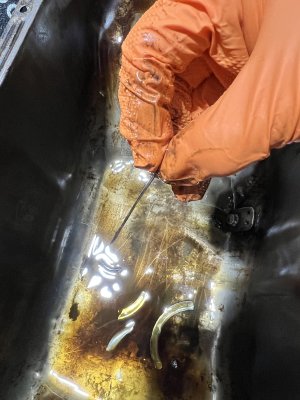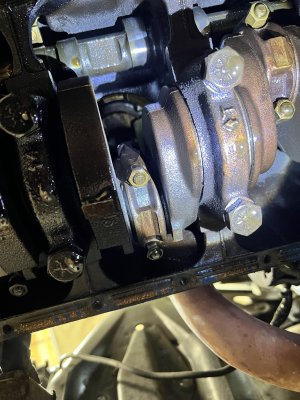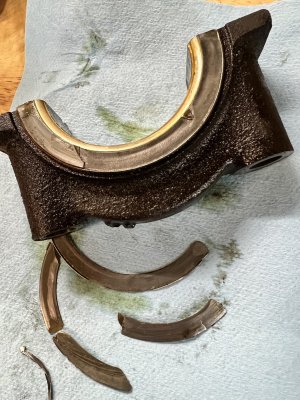I pulled my oil pan to replace a badly leaking pan gasket and when I looked in the bottom of the pan I found these broken metal parts. They are circular and very thin, almost looks like the side flange of a bearing to me.
Anyone know what this is (was?) from these photos? If not I can puzzle it back together and take some pics and measurements.
Looking at my main caps, #5 looks to have side flanges on the bearing, but I don’t see any anywhere else. Also, my main caps are numbered: 1, 2, 3, 4, T, 6, A
WTF?
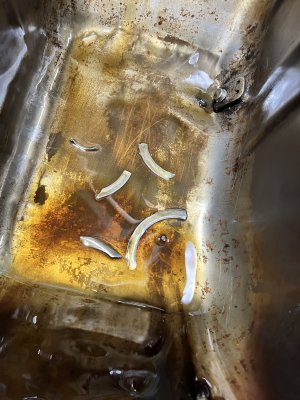
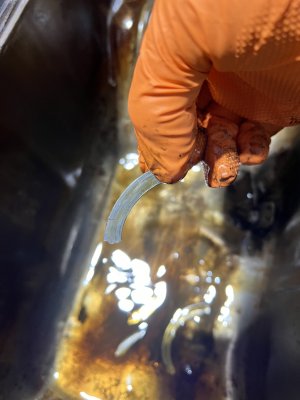

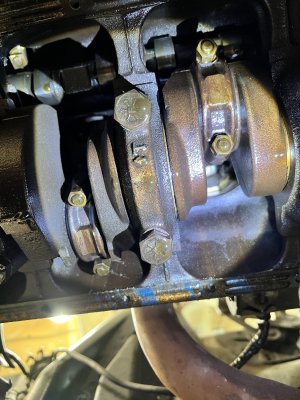
Anyone know what this is (was?) from these photos? If not I can puzzle it back together and take some pics and measurements.
Looking at my main caps, #5 looks to have side flanges on the bearing, but I don’t see any anywhere else. Also, my main caps are numbered: 1, 2, 3, 4, T, 6, A
WTF?





